【Click on the top 「blue text」 to follow DF Maker Community and become a tech aesthetician together】

The community public account records the weekly shareable maker-related content, published every Friday~
The content is open source, and we welcome submissions or recommendations for related content.
Submission email: <span>[email protected]</span>
Images & Videos
Four-Legged Mechanical Scorpion Robot: A Multifunctional Monitoring Expert
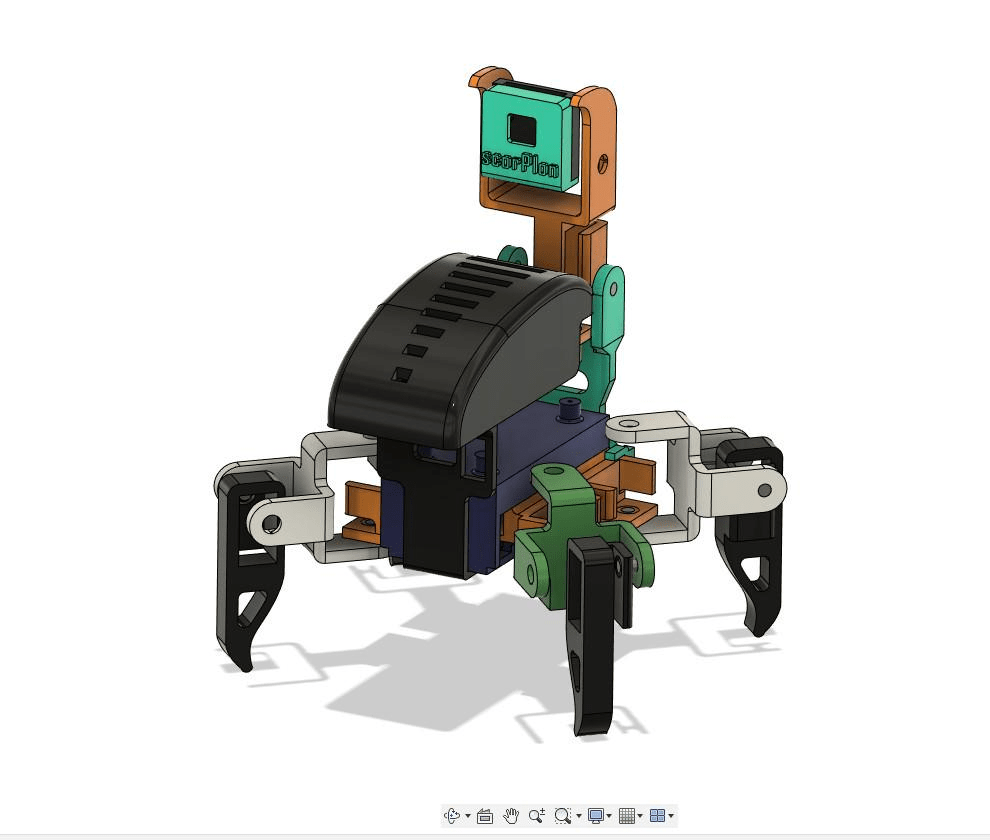
This four-legged mechanical scorpion robot designed by Hannu_Hell is not only cute in appearance but also quick in movement and highly flexible. Despite having only four legs, its rapid movements and the adjustable camera mounted at the tail make it look like a lively little scorpion. Powered by Raspberry Pi Zero W, the mechanical scorpion can connect to smartphones via WiFi or Bluetooth for remote control and real-time video monitoring.
The main parts of the robot are 3D printed, and the design and printing files are made using Fusion360, ensuring easy and quick assembly and debugging. Each leg has two degrees of freedom, allowing for upward and lateral movement, enhancing the robot’s mobility.
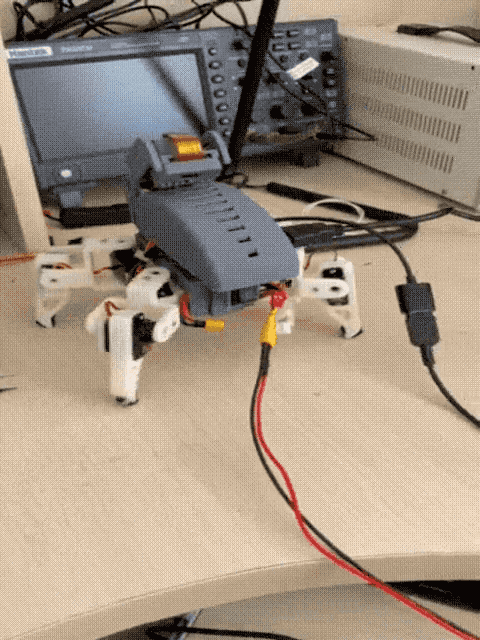
In terms of hardware and software, in addition to the main controller Raspberry Pi Zero W and Raspberry Pi camera module, it is also equipped with 9 Emax ES08MD II servos and 1 Emax ES9051 servo to control movement. For power, a 7.4V 1300mAh high-discharge LIPO battery is used, supplemented by a Mini Buck converter (5V regulator) to ensure stable power supply. To control these servos, an electronic circuit using a 16-channel 12-bit PCA9685 PWM module is designed.
In programming, the Raspbian OS Lite version is initially installed, and control is done through Python scripts. For startup, crontab is used to ensure the script runs automatically at startup, and the robot can receive character signals via Bluetooth to control movement, or it can be remotely controlled via WiFi and view real-time camera footage.
The project attachment provides complete circuit diagrams and assembly PDFs, allowing you to make one yourself based on this information. Whether you are a robot programming enthusiast or a user needing a home monitoring solution, this four-legged mechanical scorpion robot will be an interesting and practical project.
A series of steps mentioned in the tutorial, such as leg design, body base assembly, tail assembly, and tail camera installation, are guaranteed to be completed even by beginners through detailed instructions and images. Ultimately, the complete motion analysis and Python programming code further refine this project, allowing the robot not only to perform basic movements but also to execute complex actions like “tail swaying” and “show-off dance”.
Source: <span>https://www.instructables.com/Cute-Mechanical-ScorPIon-Robot/</span>
Voice-Controlled Game Controller: Letting Disabled Players Enjoy Gaming
This project is a special voice-controlled game controller designed by Bob Hamel, aimed at helping those with limited hand flexibility experience the joy of video games. The distinctive feature of this game controller is that it contains only the six basic physical buttons and one analog joystick, greatly simplifying the operation difficulty. At the same time, it incorporates a voice activation function, allowing players to execute other functions in the game by speaking, making this controller easier to use than traditional game controllers with numerous buttons and multiple joysticks.

In terms of hardware, the core of this controller is an Arduino Micro development board, which can be configured as a standard USB HID game controller or keyboard to connect to a computer. The physical controls on the controller include an analog two-axis joystick and tactile switches produced by Adafruit, as well as a 1.3-inch OLED screen for displaying voice activation status and other information.
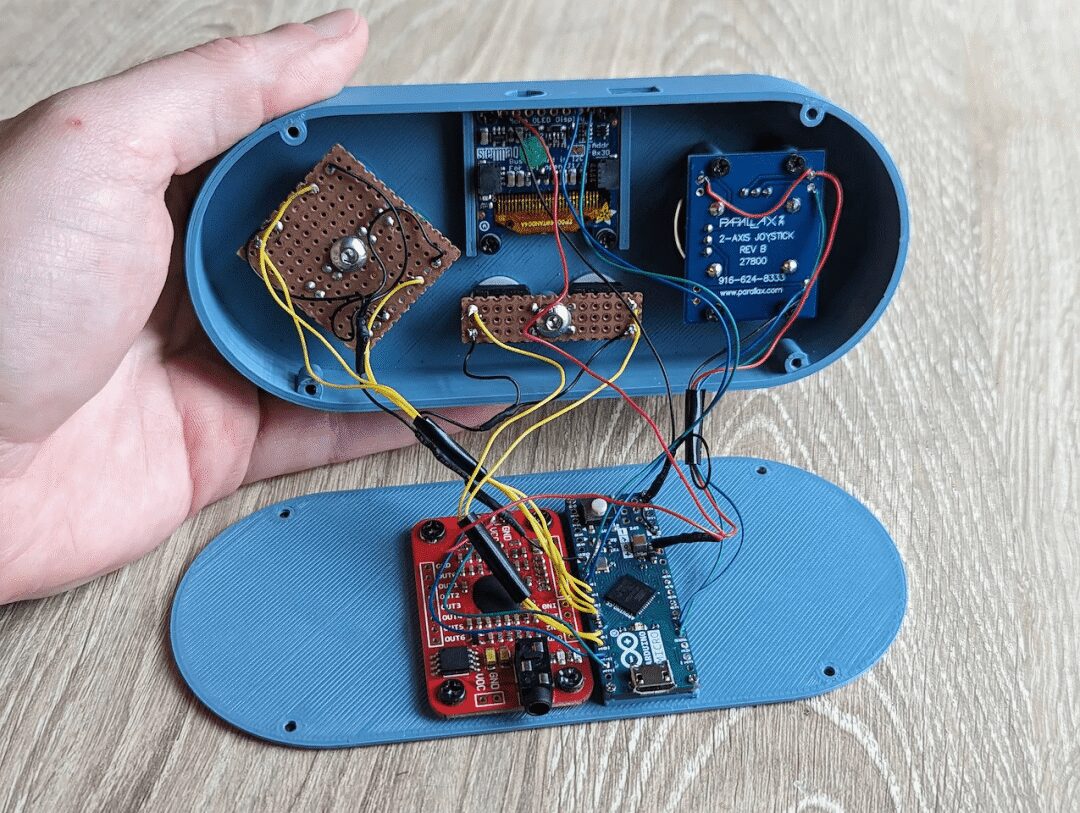
The voice recognition is completed by the Elechouse V3 voice recognition module, which can recognize up to 80 different commands. When the user gives commands like “menu”, the voice module instructs the Arduino to send the corresponding virtual key signal to the connected computer. Considering that issuing voice commands takes some time, this method is more suitable for functions that are not frequently used.
Source: <span>https://blog.arduino.cc/2023/11/08/voice-enabled-controller-makes-video-games-more-accessible/</span>
Marble Mechanical Clock: Perfect for Displaying in Art Galleries
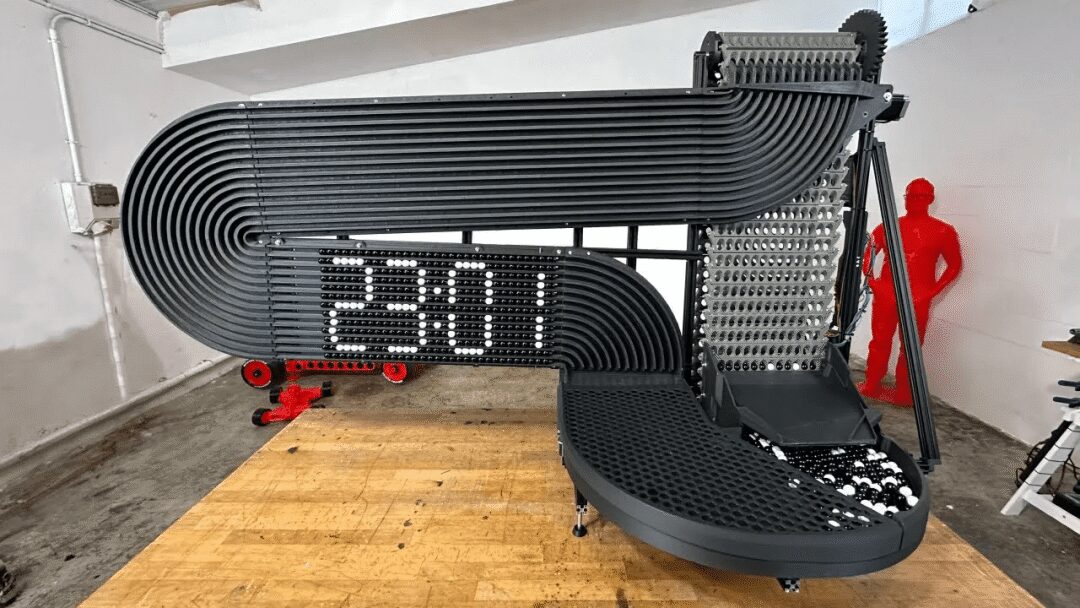
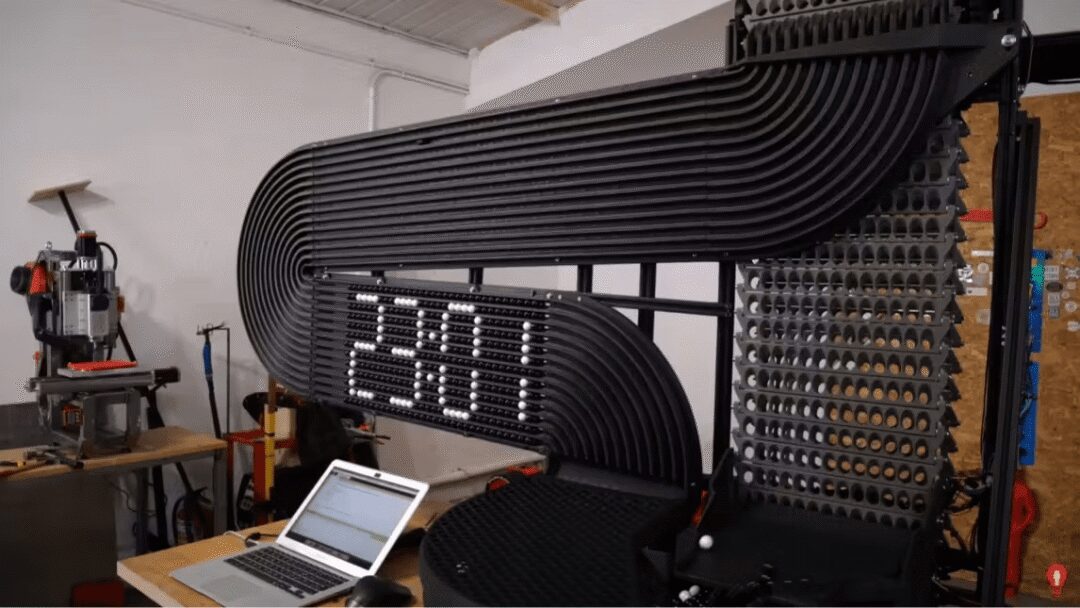
This is a mechanical clock that uses marbles of different colors to display the time. The clock uses black marbles as a background and white marbles as the elements to display numbers (like lit pixels).
The marbles roll in a closed-loop track to form numbers, then drop down and wait to be used again. The selection of marbles and the arrangement of the track are controlled by Arduino. Through infrared sensors, Arduino can determine the color of each marble and adjust their arrangement as needed.
The machine manages the rolling of the marbles between two positioning gates to accurately display the time changes every minute. Although the entire process is slow, the rolling, gathering of marbles, and the change of numbers are all very captivating when they unfold.
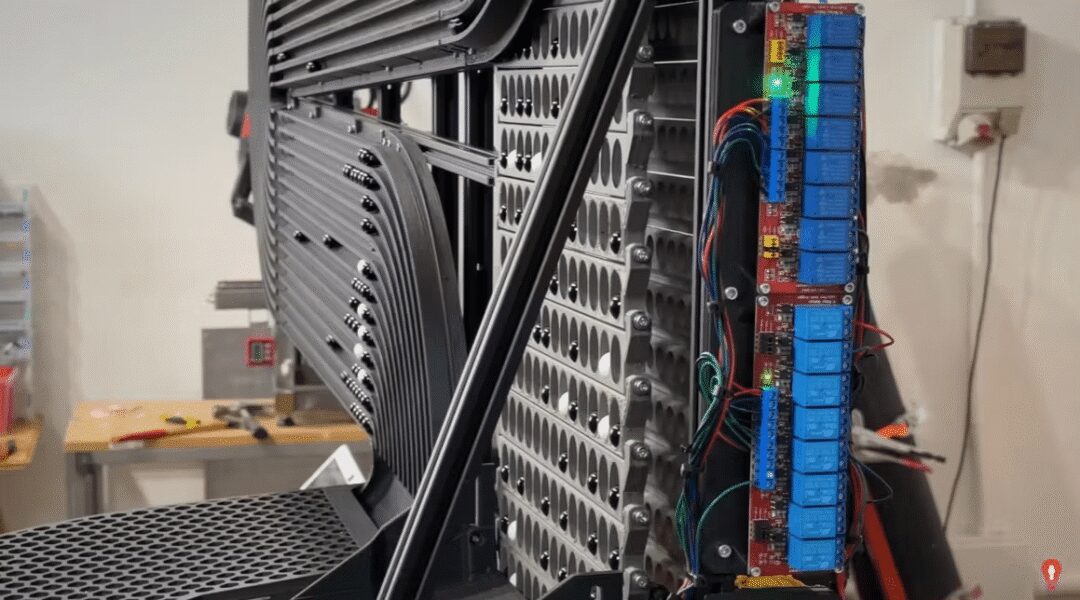
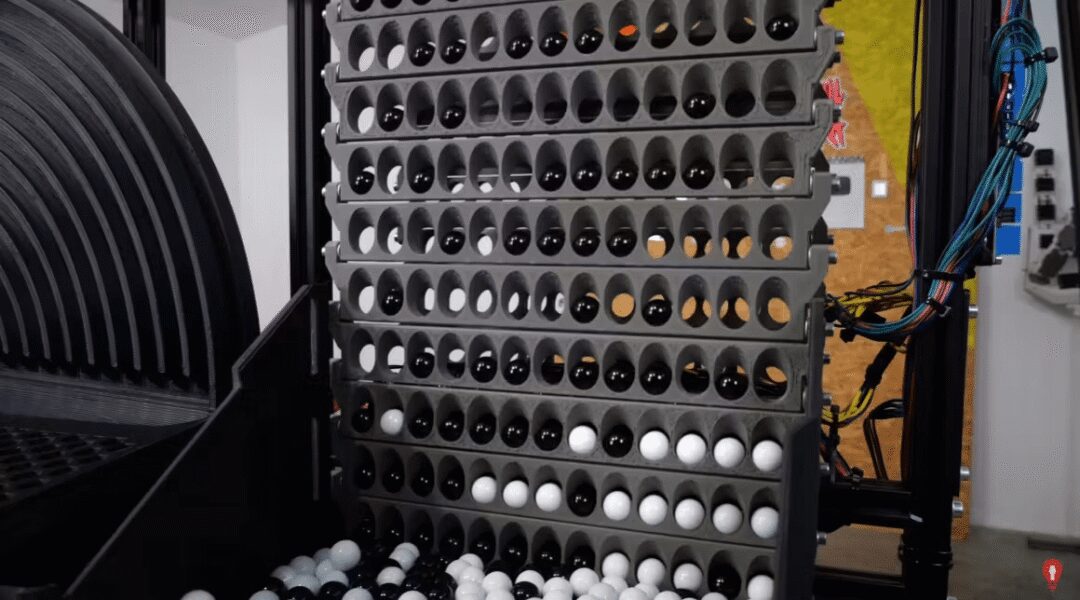
Source: <span>https://www.hackster.io/news/this-mechanical-clock-is-pure-marble-madness-ca872a28f24b</span>
Wooden-Cased Game Boy
Looks really good!



The author has documented the entire production process:
Source: <span>https://www.hackster.io/news/wood-adds-class-to-a-game-boy-4f01b0c8f4fe</span>
3D Naked Eye Fan Based on ESP32-S3
This project is to create a 3D naked eye fan advertising machine, which is a new type of naked eye 3D product made up of chips, magnets, LED skills, and propeller blades. The blades move under drive, revealing 3D floating images. It also features a speaker for playing videos and music.

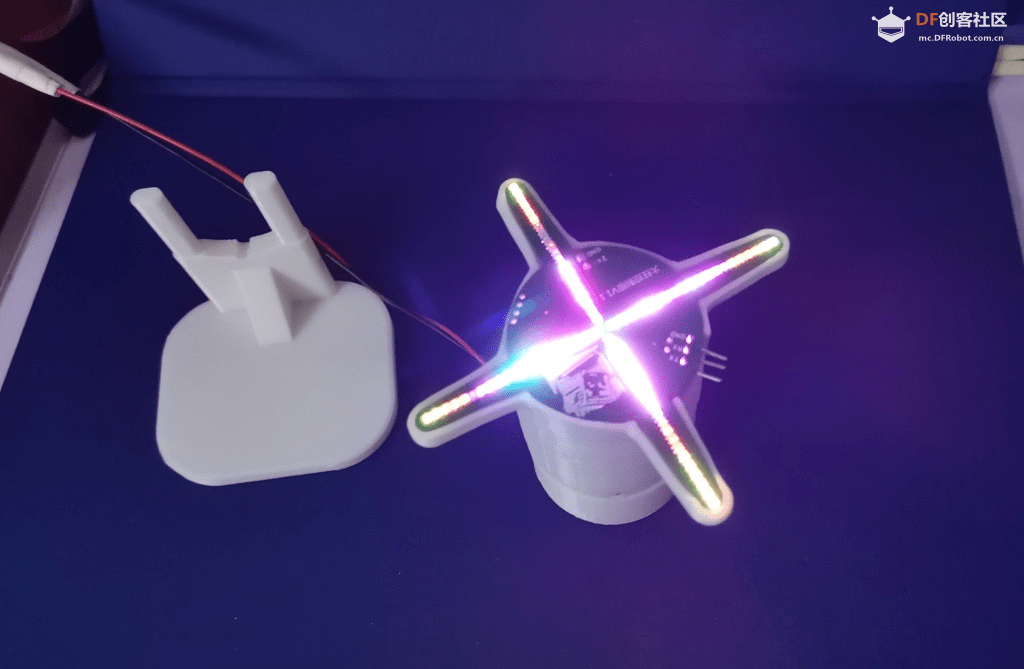
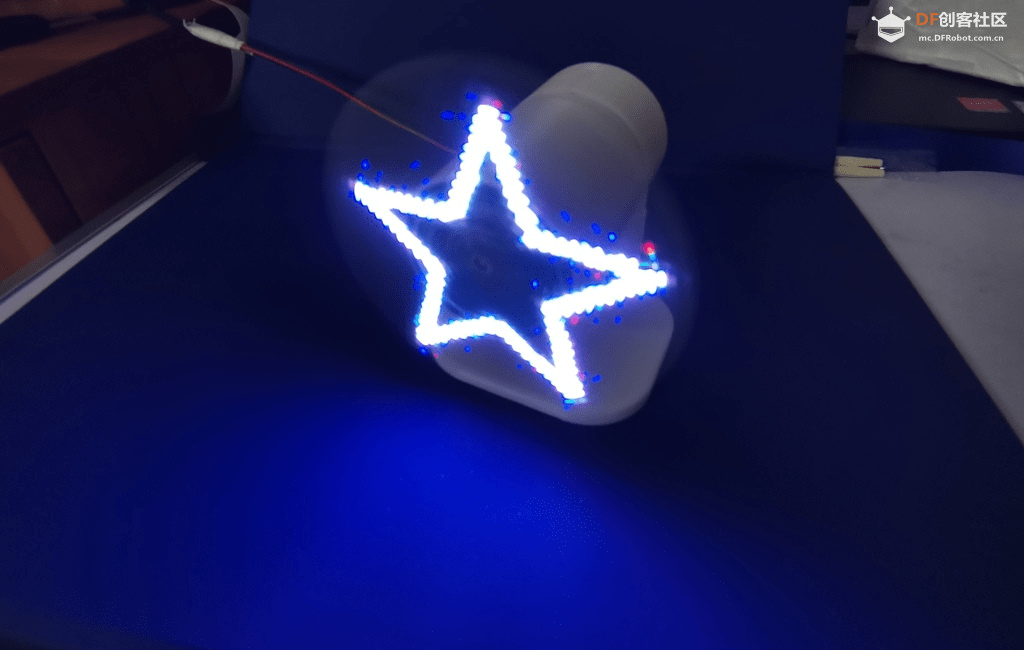
For more details, please visit DF Maker Community: <span>https://mc.dfrobot.com.cn/thread-317229-1-1.html</span>
Hardware Arsenal


Submissions & Recommendations